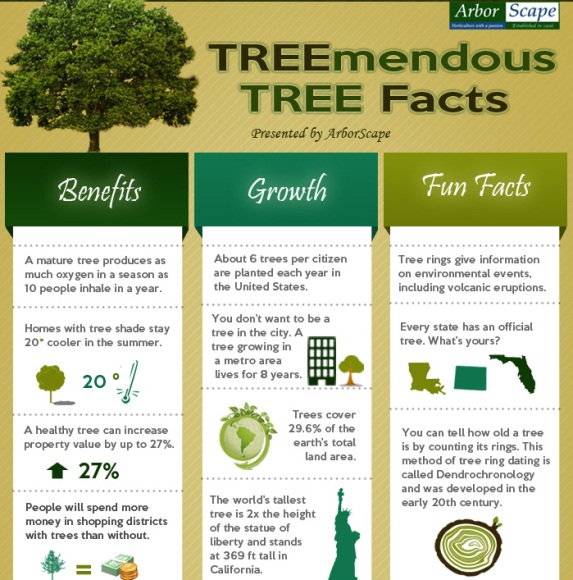Tree Pruning Know-How: Crucial Methods For A Healthy And Balanced Landscape
Tree Pruning Know-How: Crucial Methods For A Healthy And Balanced Landscape
Blog Article
Material Composed By-
When it concerns developing a landscape that flourishes, understanding the art of tree pruning is a must. Visualize having the ability to form your trees with accuracy, ensuring their vitality and elegance for several years to come. By discovering the necessary techniques for proper cuts, timing, and structural training, you hold the secret to a successful outside area that will impress all who encounter it. Yet just how do these trimming techniques really affect the wellness of your trees and the total landscape visual?
Proper Pruning Cuts for Tree Wellness
When it involves maintaining the health and wellness of your trees, making appropriate pruning cuts is crucial. Incorrect cuts can lead to illness, insect problem, and general tree decline. To ensure the vigor of your trees, constantly begin by using sharp, tidy tools to make specific cuts.
Begin by recognizing the branch collar, a swollen area where the branch attaches to the trunk. Reducing simply outside the collar aids advertise appropriate healing and minimizes the danger of infection. Avoid leaving stubs as they can welcome pests and illness right into the tree.
Keep in mind to make cuts at a mild angle, sloping far from the trunk, to prevent water from pooling on the wound. In addition, remove any type of dead, damaged, or crossing branches to boost air flow and sunlight infiltration.
Timing and Frequency of Trimming
To maintain the health and wellness and structure of your trees, recognizing the optimum timing and frequency of trimming is important.
The best time to prune trees is normally during the dormant period in late wintertime or early springtime. Trimming throughout this period helps advertise new development once the tree starts budding in the springtime.
Nonetheless, some trees, like spring-flowering ones, are best pruned right after they complete blooming to stay clear of cutting off next year's flower buds.
Regular trimming is necessary, yet the frequency depends on the tree varieties and its growth price. For many trees, an annual inspection to remove dead, infected, or going across branches is recommended. Youthful trees may need more frequent trimming to develop a strong framework, while mature trees might only require maintenance pruning every couple of years.
Stay clear of trimming throughout the autumn when conditions are a lot more conveniently spread, and refrain from hefty trimming throughout the summer season when the tree is proactively expanding.
Training Young Trees for Structure
For establishing solid and healthy trees, training young trees for optimum structure is essential. By shaping a tree when it's young, you set the foundation for a durable and visually attractive mature tree.
Begin by recognizing the central leader, which is the major upward-growing branch. Encourage the main leader's growth by trimming away competing leaders, helping the tree establish a strong central trunk. Additionally, eliminate any branches that grow internal or downward, as they can trigger structural problems as the tree expands.
It is necessary to area out lateral branches uniformly around the trunk to advertise balanced growth. As the tree develops, continue to monitor its development and trim as needed to keep its shape and framework.
Appropriately educated young trees are less likely to develop weak crotches or jammed branches, lowering the danger of damage throughout storms. how to become a certified arborist in training young trees will repay with a magnificently structured and durable tree in the future.
Final thought
Now that you have understood the essential techniques of tree pruning, your landscape gets on its means to growing. By utilizing sharp tools, making accurate cuts, and correctly timing your pruning sessions, you are making sure the health and durability of your trees. Keep in what is arborist to on a regular basis evaluate and maintain your trees to maintain them growing. With your newfound expertise, your landscape will certainly continue to grow beautifully for several years to find. Maintain the magnum opus!
